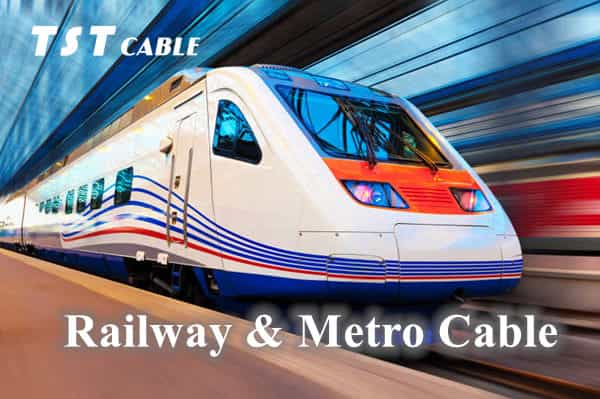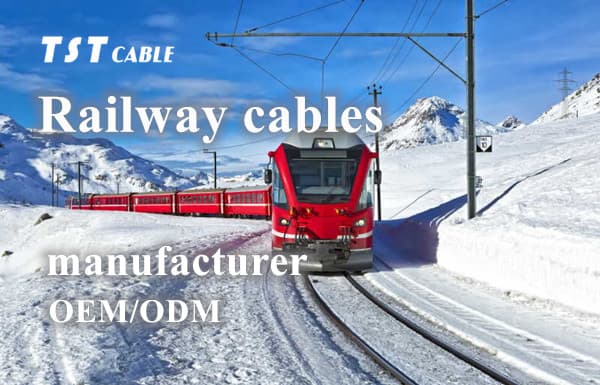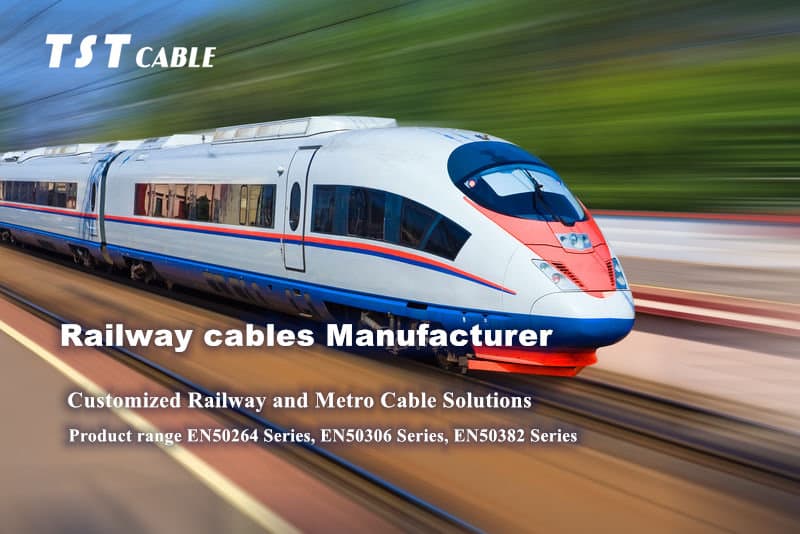
What is railway cable?
Railway cables(Railroad cable) are specialized electrical cables designed to withstand the unique challenges of the railway environment. They are responsible for transmitting power, signals, and data between different components of the railway system. These cables are used for a wide range of applications, including power distribution, signaling, communication, and control.
Considerations for Railway Cable Usage:
When it comes to using cables in railways, several key considerations must be taken into account. Firstly, railway cables must be highly durable and resistant to mechanical stress, as they are exposed to constant vibrations, shocks, and temperature variations. They must also possess excellent flame-retardant properties to ensure the safety of passengers and prevent the spread of fire in case of emergencies.
Furthermore, railway cables must be designed to withstand environmental factors such as moisture, dust, and chemicals. They should be able to function reliably in extreme weather conditions, including high humidity, heavy rain, and freezing temperatures. Additionally, these cables must be resistant to electromagnetic interference (EMI) to prevent signal distortions and ensure accurate communication between railway systems.

What cable is used in railway?
Railway cables possess several essential characteristics that make them suitable for use in this demanding environment. Firstly, they are constructed using high-quality materials such as cross-linked polyethylene (XLPE) or ethylene propylene rubber (EPR), which provide excellent insulation and mechanical strength. This ensures the cables can withstand the rigors of the railway environment.
Moreover, railway cables are designed with multiple layers of protection, including armor and shielding. The armor provides additional mechanical protection against external forces, while the shielding minimizes the effects of EMI. These features enhance the overall reliability and longevity of the cables, reducing the need for frequent maintenance.
Additionally, railway cables are often designed to be halogen-free, which means they do not emit toxic gases or smoke when exposed to fire. This is crucial for the safety of passengers and railway staff in case of emergencies.
Apart from the points mentioned above, there are several other crucial factors to consider when using railway cables. These include proper cable routing and management to prevent damage and ensure efficient maintenance. Regular inspections and testing of cables are also essential to identify any potential faults or failures before they can cause disruptions to train operations.
In a word,railway cables are a vital component of modern railways, enabling the safe and reliable operation of trains and the effective functioning of the entire railway network. These cables are designed to withstand the harsh conditions of the railway environment and possess specific characteristics that make them suitable for this demanding application. Understanding the importance of railway cables and implementing proper maintenance practices is crucial for ensuring the efficiency, safety, and longevity of railway systems.
If you have any quetions about railway cables,welcome to chat with TES CABLES.
Related reading railway cables :
TST CABLES railway cable have gone through a number of stringent quality tests and certifications, and comply with international and domestic standards.
TST CABLES products of EN50264 series and EN50306 series for rail transportation have obtained CRCC certification. At present, more than 500000 cables have been installed in more than 3500 high-speed rail coaches, with a running mileage of more than 6,000,000 kilometers. Whether it is subway, light rail or high-speed rail, our cables can provide reliable power and signal support for your rail transportation system.
By choosing TST CABLES’s rail transportation cables, you will enjoy professional pre-sales, sales and after-sales services, TST CABLES is committed to provide you with a full range of technical support and solutions.
For more information on EN 50264 cables,low-smoke, halogen-free, flame-retardant, high-temperature-resistant cables or to customize cables for your machinery or system, visit https://www.tstcables.com/contact-us/
or send an e-mail to:lixiangchao@testeck.com




